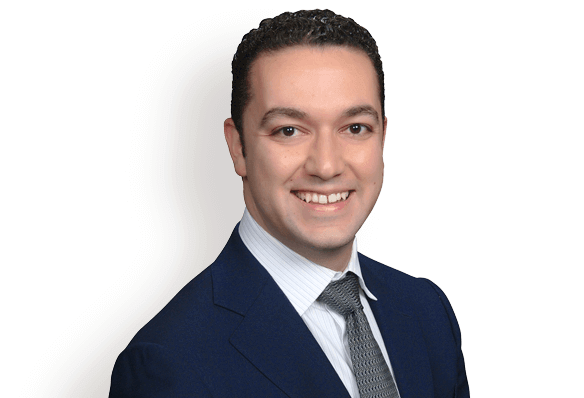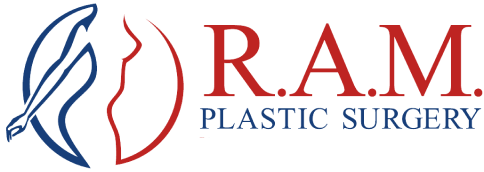Brachioplasty Chicago
A brachioplasty (arm lift surgery) is used to improve the appearance of the lower region of the upper arms. During a brachioplasty, the surgeon removes excess fat and skin from under the arms (area between the elbow and armpit). This remaining skin is draped back over the new contours to create a toned look.
Who is a Candidate for a Brachioplasty?
You may want an arm lift if:
- The undersides of your upper arms are sagging.
- You wish to enhance your body image.
- You are in good health.
- You don’t plan on gaining any weight.
- Your skin is loose and sagging after massive weight loss or from natural aging.

Initial Consultation with Dr. Azizi
Before scheduling a brachioplasty, you will meet with Dr. Azizi for an initial consultation. The Dr. Azizi will:
- Review your medical history – This involves asking questions about your current and past medical conditions, your allergies, and what medications you take. Certain blood-thinners are to be held for 2 weeks before surgery, so advise Dr. Azizi of all supplements and over-the-counter medicines you take.
- Conduct a physical examination – Dr. Azizi will examine you to assure you are fit for surgery, and he will take pictures of your body for your medical record.
- Discuss expectations – Dr. Azizi will go over your desired look for after the procedure, advise you on procedure risks and benefits, and discuss realistic expectations and results.

Before the Procedure
Before undergoing brachioplasty surgery, you should:
- Stop smoking – Because smoking inhibits normal blood flow to healing skin and body tissues, you must not smoke for a full 6 weeks before your procedure.
- Take time off from work/school – To recover, you will not be able to perform certain activities, so you should plan to be off from school and/or work.
- Arrange for help – During recovery, you will need someone to drive you home from the surgical center and someone to help you for a night or two after you get home.
During Brachioplasty
Most of the time, brachiplasty is done using general anesthesia, which renders you unconscious and pain-free. For some clients, the surgery is done with sedation and local anesthetics. After receiving anesthesia, the surgeon makes incisions on the undersides of the arms, where the loose tissue is. Tissue and skin are removed, and the surgeon tightens the underlying connective tissues, which are secured with sutures. Liposuction may be used to remove fat tissue. This involves inserting a tiny cannula into the arm and suctioning away fat cells. After all changes and corrections are made, incisions are closed with sutures.
After the Procedure
After your arm lift surgery, the incisions are covered with bandages, and your arms are wrapped in elastic compression bandages, which reduce swelling. You may have some small drains placed in each arm. A nurse monitors your condition for several minutes before you are discharged home. You will follow-up with the surgeon in 2-7 days to have bandages and drains removed. You will generally have to wear some type of compression sleeve or garment for 3 weeks. In the first few days after the procedure, you should:
- Avoid lifting the arms above the shoulders.
- Take antibiotics and pain medicines as prescribed.
- Avoid any forceful activities that could stretch the incisions for 6 weeks.
- Avoid soaking in hot tub or sauna until wounds heal.
- Move about your home as usual.
- Gradually resume light aerobic activities after 3-4 weeks.
Results and Outcomes
The number of brachioplasties performed each year has increased over the last decade. Brachioplasty has a high success rate, with the majority of patients reporting good results. In a recent clinical study, brachiplasty was associated with a low complication rate.



